13 Pokémon Card Myths Debunked for New Collectors
Starting a Pokémon card collection can be exciting, but it’s easy to get caught up in myths that could lead you astray. Many new collectors fall for common misconceptions that can impact their decisions and understanding of the market. Some believe all holographic cards are valuable, while others think that every rare card will fetch a high price. In reality, the value of a Pokémon card depends on several factors, like condition, rarity, and demand. Not everything you hear about the world of Pokémon cards is true, and it’s important to separate fact from fiction.
This post may contain affiliate links, which helps keep this content free. Please read our disclosure for more info.
Holographic Cards Are Always Worth More
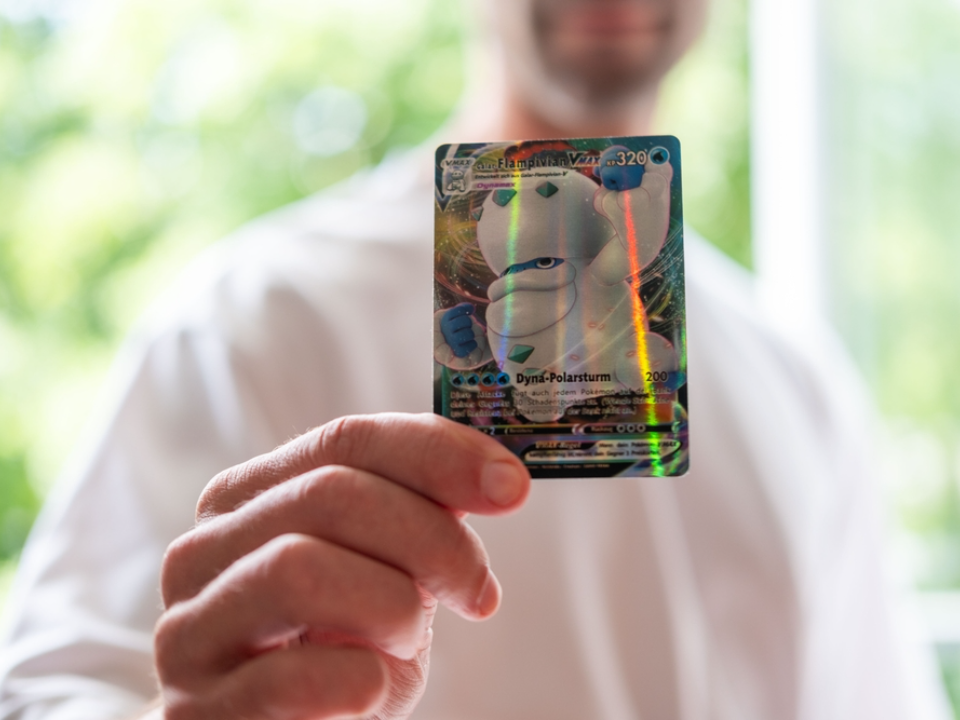
Many new collectors believe that holographic cards are automatically worth more than non-holographic cards. While it is true that some holographic cards can be valuable, it is not a rule that applies to all of them. The value of a Pokémon card depends on factors such as rarity, condition, and the demand for that particular card. A holographic card may not fetch a high price if it is common or in poor condition.
In fact, some non-holographic cards, especially from the early sets, can be worth much more than holographic cards. Cards from the Base Set, for example, such as the non-holo Pikachu, have risen in value due to their status as iconic pieces of Pokémon history. When evaluating the value of your cards, it is essential to look at the entire picture, including the card’s rarity and condition, not just its holographic feature.
Pokémon Cards from the 90s Are Worth a Fortune

It is a common belief among new collectors that all Pokémon cards from the 90s are incredibly valuable. While some cards from this era are indeed worth significant amounts, most are not. Many of the cards produced during the 90s were printed in large quantities, making them common and less valuable today. This includes most of the cards from the Base Set and other early series.
The value of a card depends on its rarity, condition, and popularity. Some cards from the 90s, like the 1st Edition Charizard, are highly sought after, but many others are worth little more than the price of a pack. As a collector, it is essential to differentiate between the valuable and common cards in your collection.
The Condition of Your Cards Does Not Matter
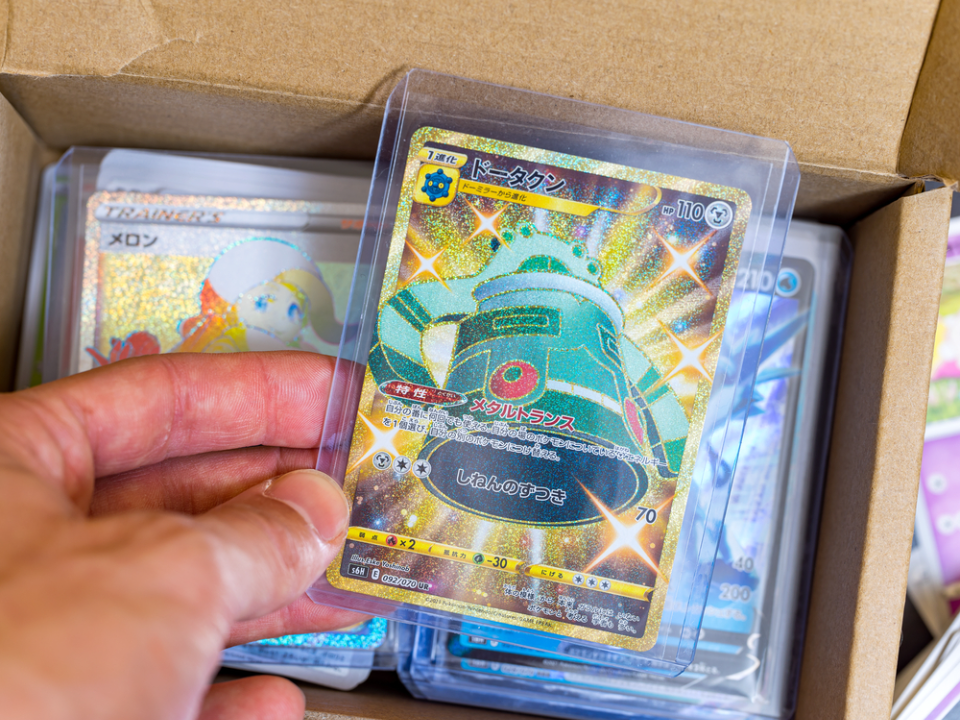
Many new collectors believe that as long as they own the card, its condition does not matter. However, the condition of a Pokémon card is one of the most important factors in determining its value. Cards in mint or near-mint condition can fetch significantly higher prices than those with visible damage. Wear, creases, bends, and scratches can drastically lower a card’s market value.
When collecting Pokémon cards, it is essential to handle them with care and store them properly. Using protective sleeves, binders, and top loaders can help maintain their condition over time. A well-preserved card is more likely to increase in value and will be a much more valuable asset in your collection.
Rare Pokémon Cards Are Always Expensive
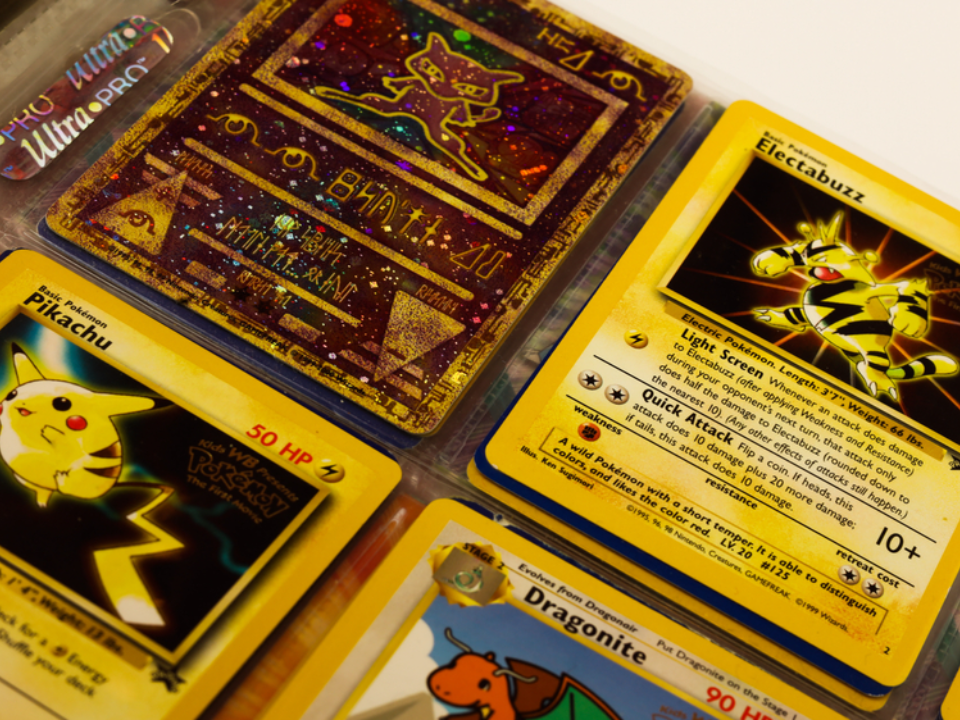
It is a common misconception that any rare Pokémon card will be expensive. The rarity of a card does not guarantee a high price tag. Some cards are rare but have little demand, which means their value may not be as high as expected. For example, promotional cards given away at events may be rare, but if there is not much interest in them, their value may be low.
When evaluating the value of a rare card, it is essential to consider factors like demand, popularity, and the condition of the card. A rare card with limited appeal might not be worth as much as a less rare card that is in high demand among collectors. Make sure to do thorough research before assuming that all rare cards will be valuable.
Cards with Special Editions Are Always Worth More

Collectors often believe that special edition cards, such as those released with certain movie tie-ins or limited-time events, will always be worth more than regular cards. While some special edition cards are indeed valuable, this is not always the case. Many of these cards were printed in large quantities or were given away as part of promotional events, which means their value may not be high.
Special edition cards can be valuable if they are rare or sought after by collectors, but they do not automatically command a higher price. Before investing in special edition cards, it is important to research their market value and ensure that they are in demand. Just because a card is labeled as a special edition does not mean it will hold significant value over time.
The Older the Card, the More Valuable It Is
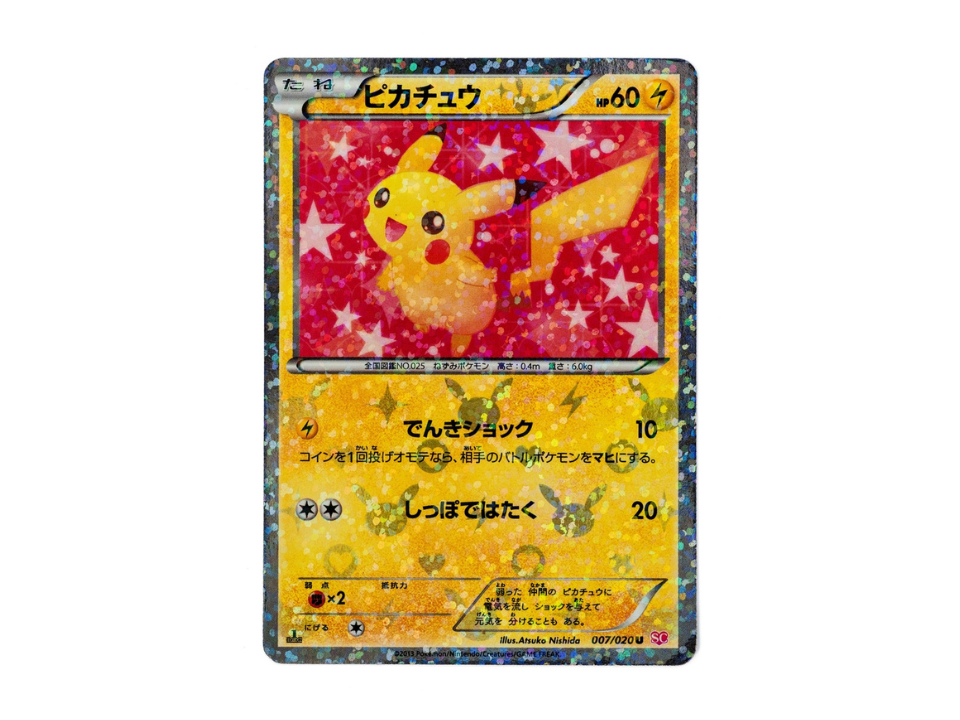
Some collectors assume that the older a Pokémon card is, the more valuable it must be. While age can play a role in a card’s value, it is not the sole determining factor. Cards from the early years of the Pokémon franchise, especially those from the Base Set, can be highly valuable, but this is not true for all old cards. Many older cards are common and were printed in large quantities, which reduces their value.
When considering the value of an old card, other factors such as rarity, condition, and demand are much more important. Just because a card is from the 90s or early 2000s does not automatically mean it is worth a lot. It is important to do proper research and assess each card individually.
Pokémon Card Sets Always Increase in Value
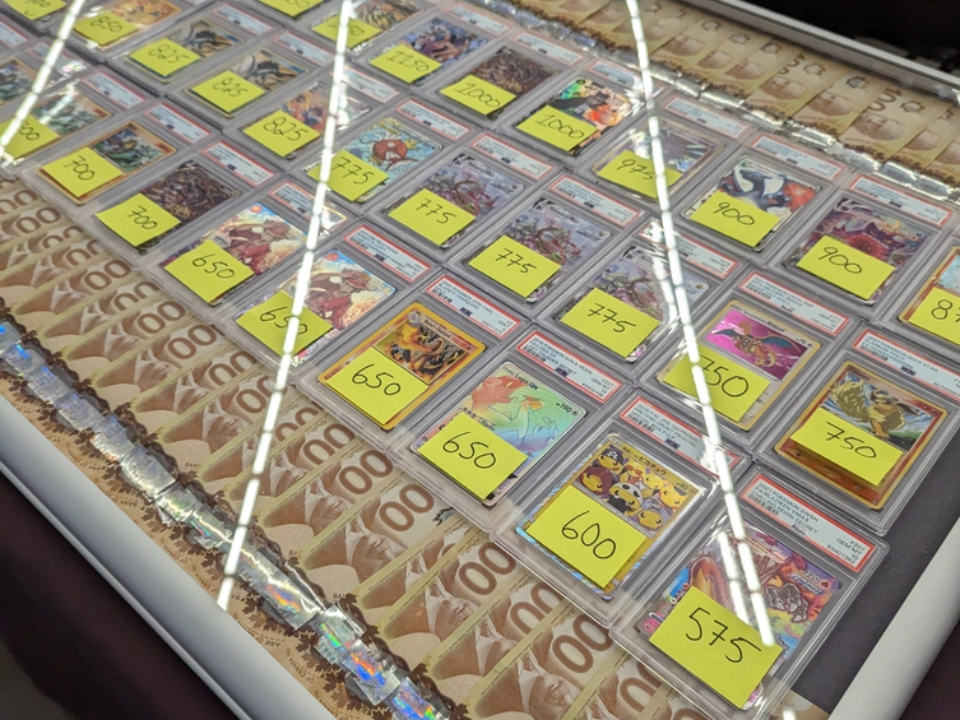
Another myth circulating among new collectors is that cards from any set will always increase in value over time. While it is true that some sets have become more valuable, this is not a universal rule. Some sets, especially those with overproduced cards or less popular Pokémon, have seen little to no increase in value.
The Pokémon card market is influenced by trends and demand, which can fluctuate over time. Just because a set was released a long time ago does not mean it will necessarily rise in value. It is important to pay attention to the market and trends in the Pokémon community to gauge whether a set is likely to appreciate in value.
All 1st Edition Cards Are Highly Valuable
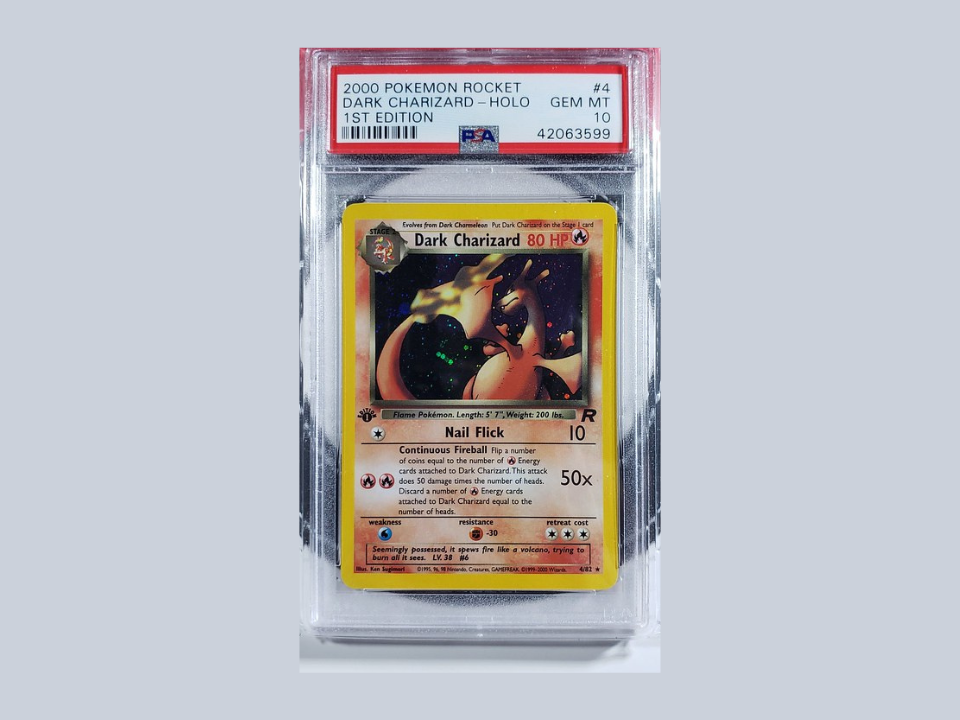
Many new collectors are drawn to 1st Edition cards, believing that they are automatically valuable. While 1st Edition cards from certain sets, like the Base Set Charizard, are highly sought after, not all 1st Edition cards are worth a lot. Some 1st Edition cards were printed in large numbers and may not have the same demand as others.
The value of a 1st Edition card depends on the Pokémon it features, the condition of the card, and how rare it is. It is crucial to research each 1st Edition card carefully before assuming that it holds significant value. Not all 1st Edition cards are the goldmine they may seem to be.
Pokémon Cards Are Always a Good Investment
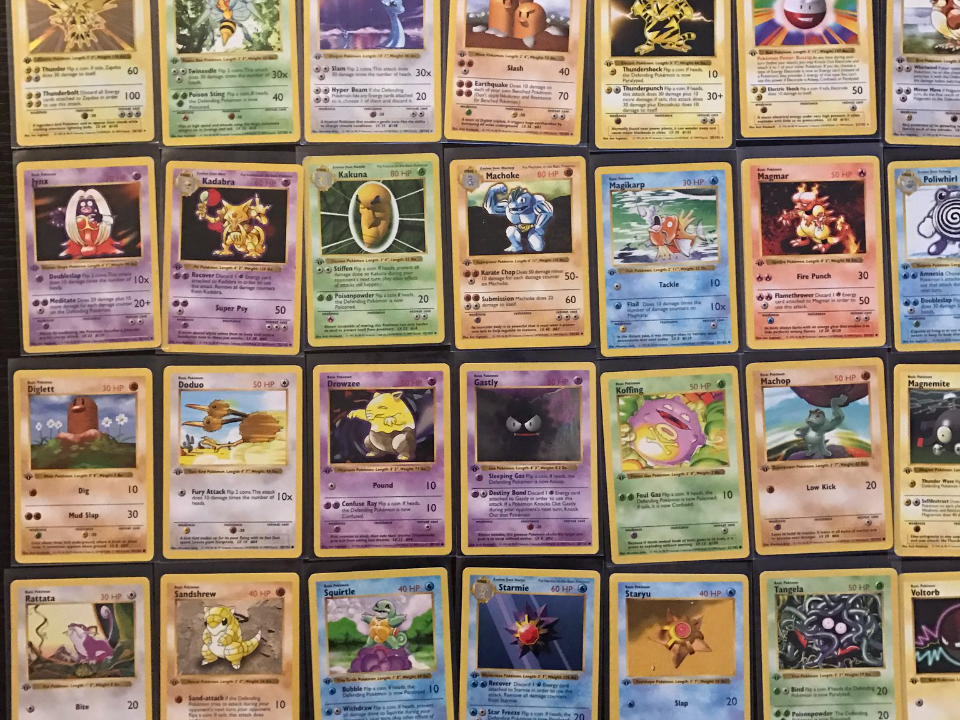
Many new collectors get into Pokémon card collecting with the hope that their cards will appreciate in value. While some Pokémon cards have indeed increased in value, the card market is unpredictable. Cards may rise and fall in value depending on the popularity of the Pokémon, the condition of the card, and market trends.
Investing in Pokémon cards is not guaranteed to be profitable, and it requires research and patience. If you are hoping to make money off your collection, be sure to carefully consider the cards you are buying and keep track of market trends. Not all cards will see a substantial increase in value, so it is important to manage your expectations.
Pokémon Cards Will Always Hold Value for Future Generations
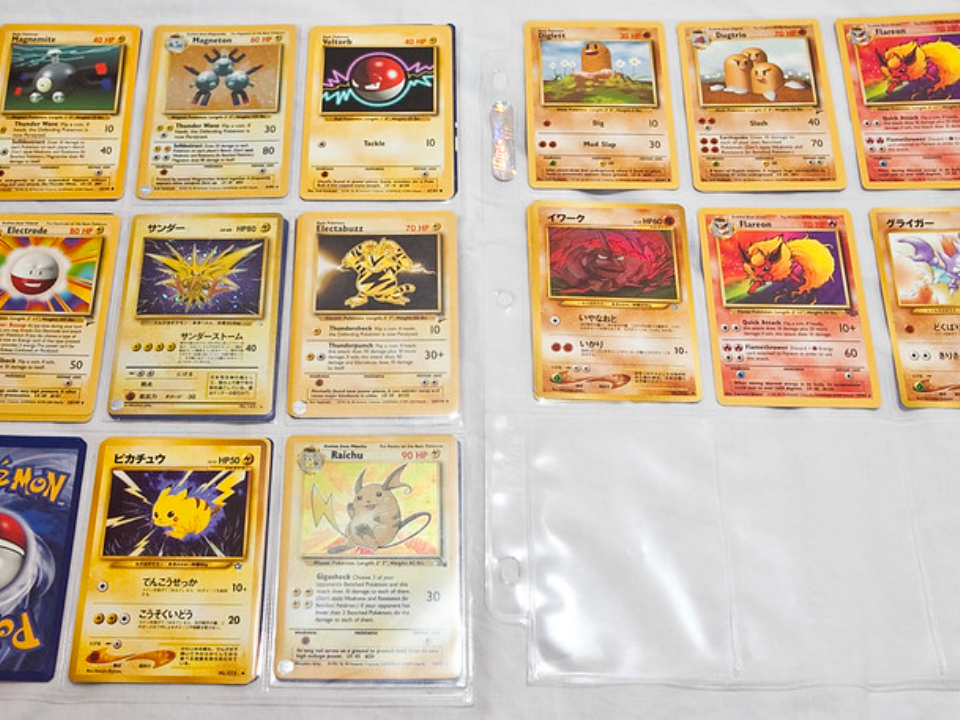
Some collectors believe that Pokémon cards will always hold value and that they will be passed down through generations. While it is true that some cards have appreciated over time, there is no guarantee that they will continue to do so. The value of Pokémon cards can fluctuate based on trends, market demands, and the popularity of Pokémon in the future.
The interest in collecting Pokémon cards may change over time, so it is important to keep in mind that not all cards will remain valuable in the long term. Trends can shift, and future collectors may prioritize other collectibles instead.
All Pokémon Card Sets Are Equal in Terms of Value
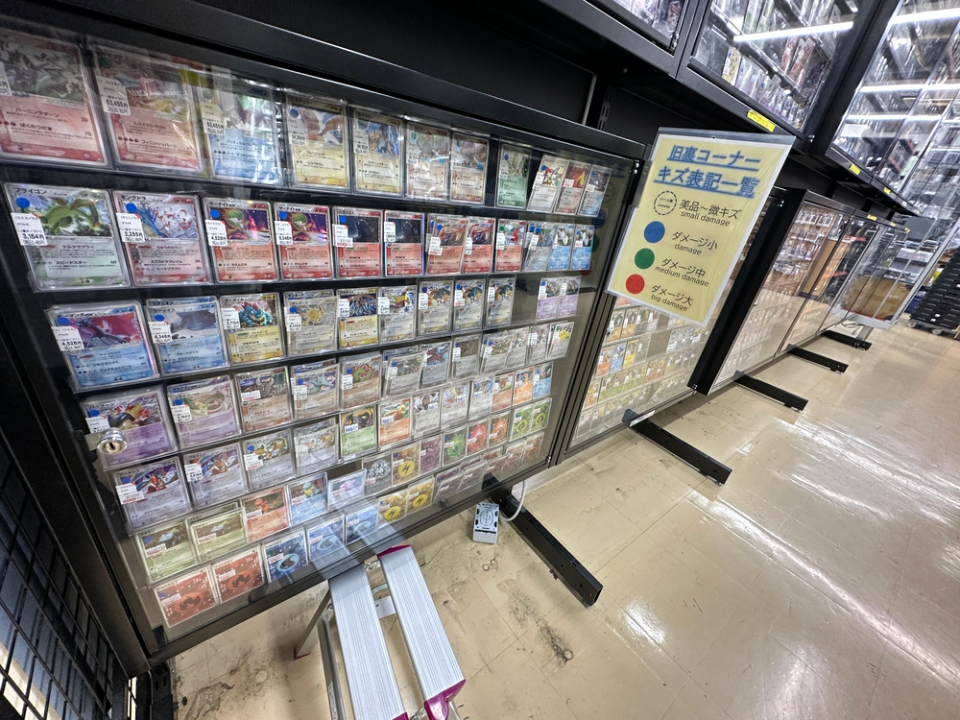
It is often assumed that all Pokémon card sets are equally valuable, but this is not the case. Some sets, such as the Base Set or certain promotional sets, are worth much more due to their rarity and demand. Other sets, especially those with less popular Pokémon or more common cards, may not be as valuable.
The value of a set depends on various factors, including its size, the popularity of the Pokémon featured, and how many cards were printed. It is important to research each set individually and determine whether it has collectible value before investing in it.
A Full Set of Pokémon Cards Is Automatically Valuable
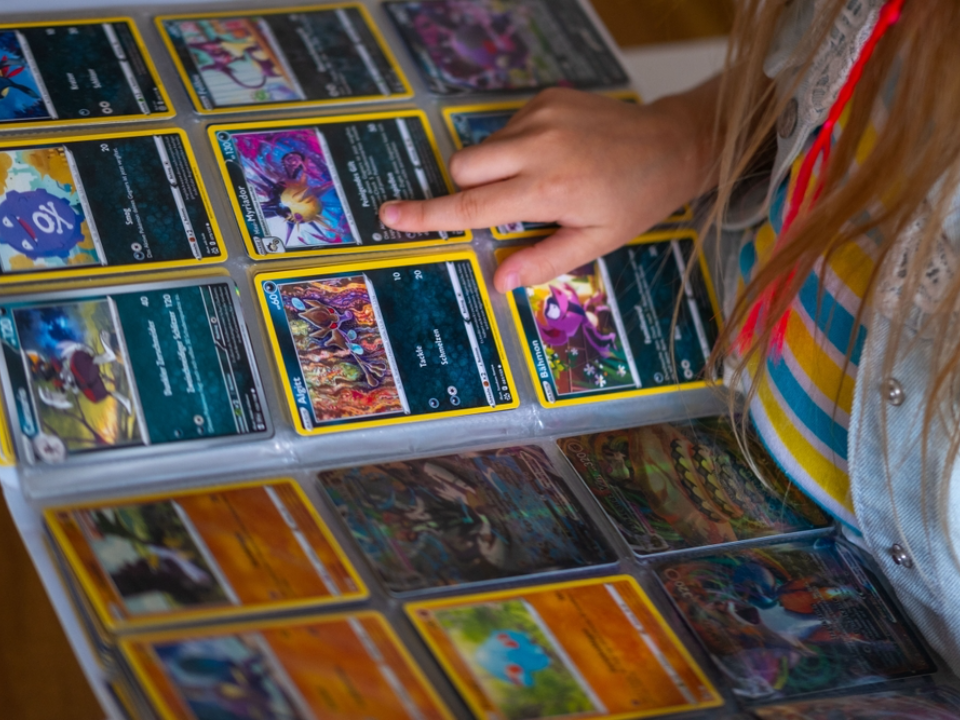
Another myth is that owning a full set of Pokémon cards automatically makes your collection valuable. While completing a set can be satisfying, it does not guarantee that your collection will be worth much. Many sets contain common cards that do not hold a significant value in the market.
To assess the value of your set, you must evaluate each card individually, considering its rarity, condition, and demand. A full set may be worth more if it contains rare or highly sought-after cards, but it is unlikely to hold much value if it is made up mostly of common cards.
All Pokémon Cards from the TCG Are Worth the Same
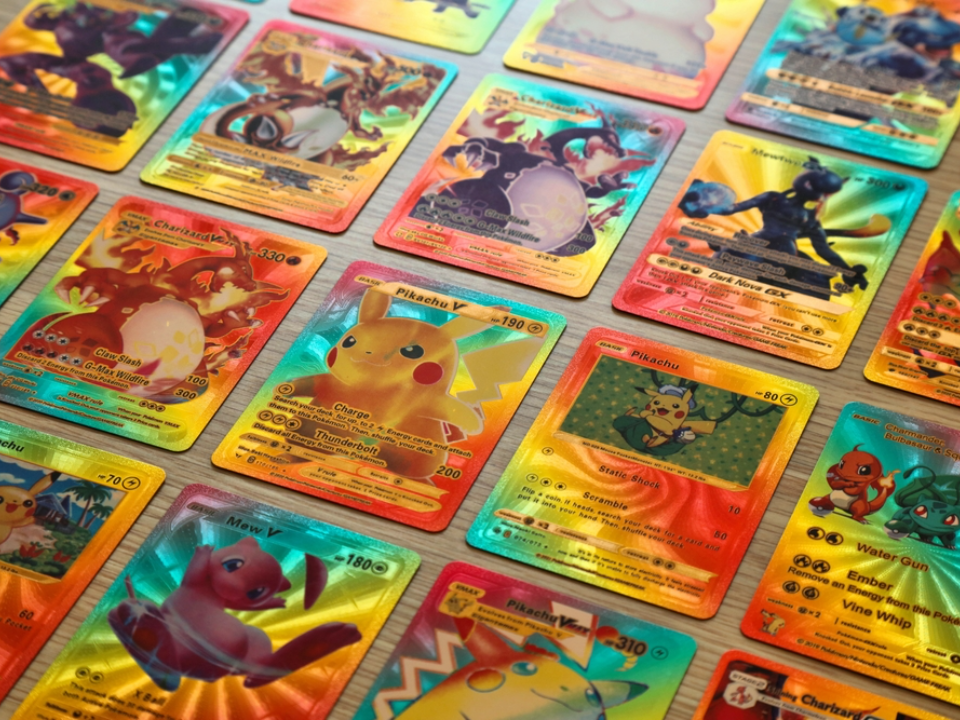
Not all Pokémon cards from the Trading Card Game (TCG) are worth the same. The value of a card depends on several factors, such as the rarity of the card, its condition, and the demand in the collector market. Common cards, even from the most recent sets, are often worth only a few cents, while rarer cards can fetch hundreds or even thousands of dollars.
A card’s value can be influenced by its tier within the set, whether it is a promo card, and whether it is in mint condition. The TCG offers many types of cards, and not all are sought after by collectors.
This article originally appeared on Avocadu.
